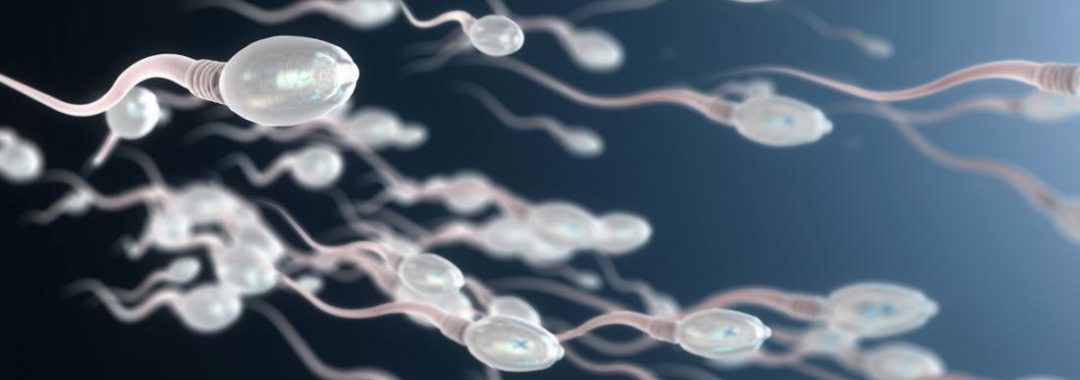A multi-modality approach was one of the best ways I found to help Headaches & Migraines
Many years ago I used to suffer lot of debilitating migraines and headaches. Actually if I did get a headache, I was thankful because that was never as bad as a migraine, that could make you bed ridden with a head feeling like ten hangovers accompanied with the vomiting and light sensitivity.
Even when the migraine had subsided I still felt washed out and like a train had run over me. Thankfully I haven’t had a migraine for many years and all thanks to a multimodality treatment approach that made my life much better.
Like many migraine and headache sufferers, mine were most likely caused by a neck injury, or whip lash, along with blocked sinuses. Current research shows that most headaches and migraines have a neck injury or neck complaint as a predisposing factor. Some neck injuries could go back to childhood or even a traumatic birth and you might not even know about it.
While neck related issues seem to be a major cause, there are many other contributing factors such as poor diet and lifestyle habits. Too many high GI carbohydrate foods and highly refined foods that interfere with blood sugars, can also cause headaches and migraine. Certain chemicals and additives in foods can also exacerbate headaches and migraines too. Let’s not forget how alcohol can be a big factor in headaches and migraines too.
Lack of fluids and inadequate hydration can also be a big cause of headaches and migraines too. While water is important to hydrate us, water alone is not enough. We need to make sure we get electrolytes into us as well. These need to be proper electrolytes, not lolly water such as sports drinks such as gatorade and powerade.
An imbalance of hormones, or hormonal surges, can also cause headaches and migraines and can be a big problem for women around the time of their menstrual cycle.
One other area that is overlooked is that the sinuses are inflamed or blocked and the associated inflammation and blockage is causing pressure and pain and causing headaches and migraines. This is a big one for many people and sadly, all too often, it is overlooked. A simple CT scan of the paranasal sinuses can see if the sinus cavity is blocked. If the sinus cavity is blocked by polypoid disease, or obstruction, it may require surgical intervention.
Lastly the one of the biggest headache producer of all….STRESS!
Stress will tighten up those shoulder and neck muscles and then constrict all the blood flow to the head and the next thing you know it is headache and migraine city.
Whichever way you look at it, headaches are caused from an imbalance in the body and need to be rectified. Unfortunately too many people use the band aid treatment of painkillers to try and deal with the mighty headache or migraine.
Nobody can argue with the painkilling properties of a dose of panadeine forte or a pethidine injection. I’d had many a trip to the doctor to get a shot in the behind. It was either that, or my head felt like it was about to explode. Worse still the pain often gets that bad that dying would be a relief. Well, that’s how it seemed anyway. I’m sure anyone who has suffered a really bad migraine wouldn’t have minded ending it all to get out of pain.
The only problem with painkillers, is they really don’t look at fixing the cause of the problem. Not only that, all painkillers have long term side effects that can be very bad for your health and some medication can be very addictive.
Like any health problem you have to look at treating the cause and not just the symptoms. A headache or migraine is actually the symptom of a much bigger cause. The problem for most people is that they only treat this problem symptomatically or seek help when they get a migraine or headache. It is the good old band aid approach to health care.
So how do you treat headaches and migraines and try and prevent them from coming back?
The answer as I’ve said is using a multimodality approach, alongside medical interventions.
I used Korean Advanced Trigger Point needling, the more modern practices of Osteopractic care and addressing dietary and lifestyle changes, alongside medical interventions. Treatment and management of migraines and headaches needs to be an individualized approach, not a one treatment fix all approach for the masses. Everyone cause of their migraines and headaches is different. What worked for me, is not a claim, or recommendation, and is purely what assisted me and may assist someone else.
Of course any other medically related issues need to be ruled out too. Like any health related condition, the management of headaches and migraines require a series of treatments to fix this problem, not a one off when you are experiencing a headache or migraine.
Unfortunately I used to be one of those people who only do something about my headaches and migraines when I was suffering one. This was until I learnt that if I had regular treatments while I didn’t have a headache, then the practitioners could get to the bottom of the cause of my problems and prevent a migraine from happening. I wish I’d learnt that lesson sooner.
You will also need to address any dietary, hormonal and lifestyle issues that may be also exacerbating, or causing your headaches and migraines too.
You also need to rule out any medically related issues as well and this can be done alongside other treatment modalities at the same time. This is how I now treat people and why I use a multimodality approach to assist people and give them the best results.
You just need to find good practitioners who can help you and who can accurately and precisely pin point the exact cause of your particular problem. Just like with any healthcare professional, a series of questions is asked to get precise evaluation of the overall cause of your particular issue.
Only after a solid treatment plan is formulated, can the patient actually be treated and have a management plan moving forward. It is about looking at the cause of the issue and treating that, rather than just treating the symptoms. You need to treat cause and then the symptoms get treated anyway.
When I finally did get my headaches and migraines sorted, I found that it was a combination of Korean advanced trigger point acupuncture, Osteopractic, diet and lifestyle changes that gave me the best results.
This is why to this day that I firmly believe that with any health condition, headaches and migraines included, that a multimodality treatment approach is the only way to go.
All of this can be done alongside medical treatment options as well. Of course the cause of migraines and headaches are different for each individual and this is why individual assessment and management protocols are needed for each person. This is why people need to see an appropriate healthcare professional and not try to manage headaches and migraines on their own.
If you need help with headaches and migraines, give our clinic a call and find out how I can assist you in helping you with these conditions. You can call my friendly staff and they will explain everything to you.
Regards
Andrew Orr
-Women’s & Men’s Health Advocate
-No Stone Left Unturned
– The Headache, Migraine and Pain Experts









